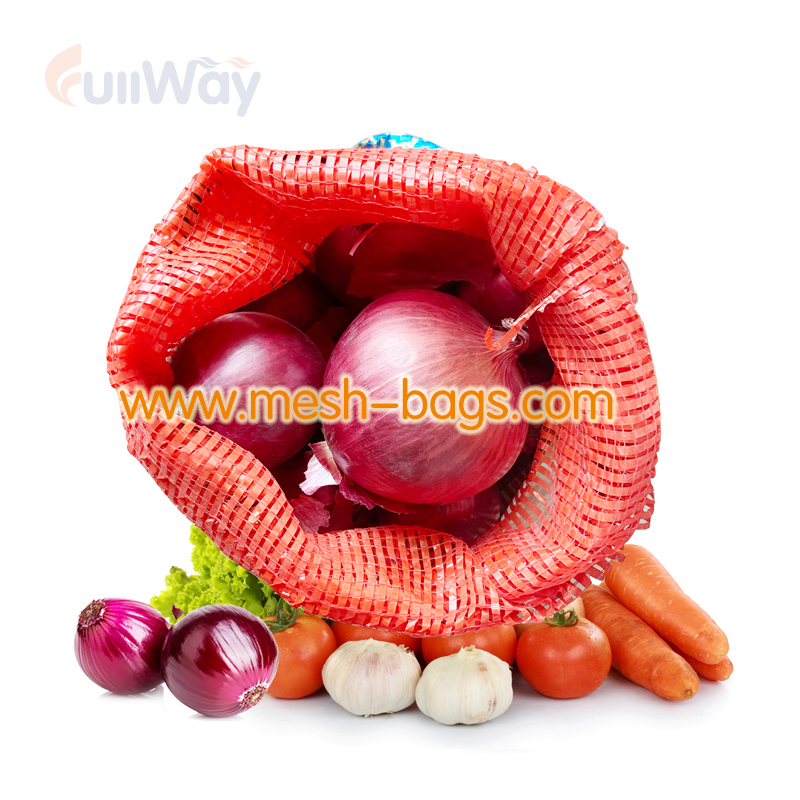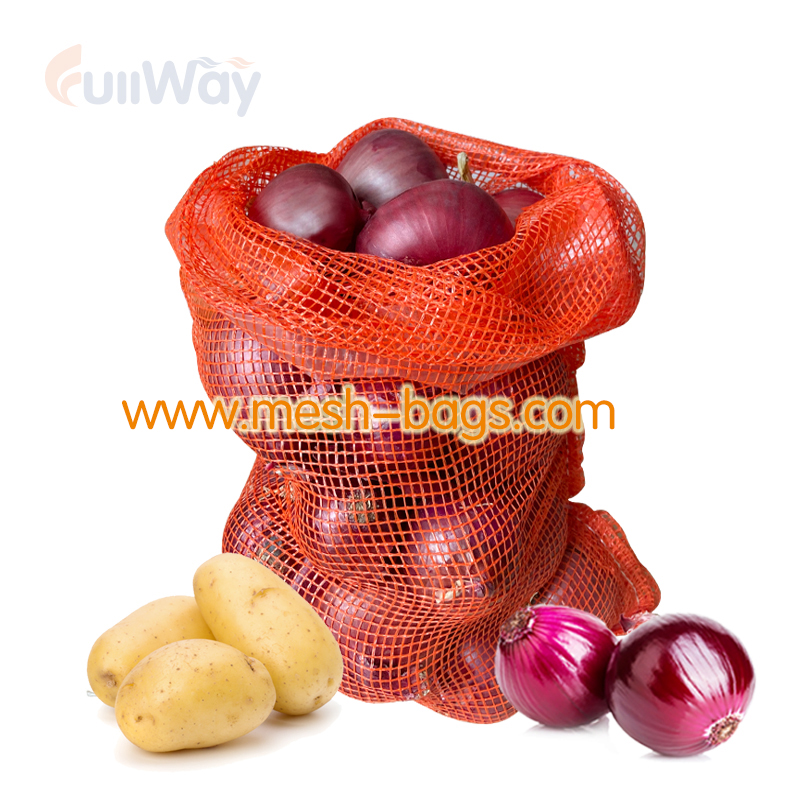Suppose you want to become a well-known onion exporter. But you don’t know what problems will arise during the transportation or planting of onions. This article will take you to understand the issues that may occur during onion production and transportation. And how to solve the problem after it appears.


Onion planting
Growth environment
should select onion varieties and choices according to the actual situation and the specific meteorological environment. Take China’s Qinghai Province as an example. The geographical location of Qinghai Province belongs to a high latitude area. The sunshine time here is very suitable for the growth of onions. We can choose an appropriate onion variety. If you are an experienced onion exporter, you will choose the best onion varieties: significant, tall, white in color, and disease-resistant. China’s most crucial export volume of onions is Japan.
Planting topography
Choose an area where the onion is planted with relatively flat terrain and good water and heat resources. The planting time of onions is generally in autumn, and there are two methods: drill and broadcast. Purple onions, like other crops, should be planted as evenly as possible. That is to say, the amount of seed per hectare is about 1.8 to 2.25 kg. However, the germination rate should be increased or decreased as appropriate. One hectare of seedbed can provide transplanting seedlings for 15 hectares of land.
The emergence period of onion is about 7 to 10 days. When the onion reaches most of the seedlings, we need to irrigate it according to the specific situation. For example, after two leaves are grown, field cultivating and weeding are carried out together with top dressing and irrigation. Under normal circumstances, water is irrigated about 3 times a month. Seedlings can raise in mid-November, and the onion seedlings are bundled into small bunches according to the different seedling qualities of the onion seedlings. Place the scallions in a row in a cool place. Place the onion seedlings in a row and cover the base to the middle and upper part of the onion seedlings with soil. This can achieve the purpose of keeping warm in winter.
Treatment after planting
We will carry out a round of treatment of the underground pests and weeds before the winter on the land where the onion is planted. This will ensure that the onions in the coming year can grow safely. We need to fill the land with enough water and spray pesticides that kill pests and weeds. After that, turn the soil evenly into the ground. You must apply enough essential fertilizer so that the earth will be fertile. Conducive to the growth of onions, and then plant them closely. The root system of onion is a fibrous root system composed of string-shaped adventitious roots.
Therefore, the root system of the onion is not well-developed and relatively weak, and the root group is concentrated in the soil layer of about 20 cm deep, so its absorbing fertilizer and water-absorbing ability are soft, so it has higher requirements on the soil. And onions can’t be planted in the same place every year, usually every 3 years.
Land requirements
Deep plowing should be carried out during soil preparation and fertilization, and the depth of deep plowing should not be less than 20 cm. The plot should be as flat as possible to facilitate flooding with little water without accumulation of water. And the land consolidation must be very delicate. Apply an appropriate amount of organic fertilizer per hectare according to the fertility of the land. The planting method should adopt flat borders. Generally, the border width is 0.9-1.2 meters (depending on the width of the mulch), and the groove width is 0.4 meters for easy operation.
Covering onions with a film can increase the ground temperature and increase the yield of onions. Water the land before covering the film. After the soil is slightly dry, mulch it to protect the onion seeds. The edges of the film should be as compact as possible. After the film is covered, the holes are drilled before the planting.
Precautions after planting
should relatively maintain the soil moisture after planting at about 60% to 80%. If the soil moisture is less than 60%, watering is required. Should determine watering and fertilization according to the specific onion seedlings and soil. Under normal circumstances, it should be “small water and frequent irrigation.” In addition to the initial fertilization during the growth period of the onion, the proper topdressing should also be carried out in the later period to ensure the healthy growth of the seedlings.
The onion is suitable for harvest after 30% of the above-ground tubular leaves fall naturally. At this time, the first and second leaves at the plant base are yellowish, and the third and fourth leaves are still green. And the pseudostem loses water and becomes soft, and the ground part naturally falls. Our harvest will carry out on a sunny day. Pull out the roots of the main plant and dry it in the field for 1-2 days. When drying, cover the onion with leaves, and only dry the leaves without drying the heads. The yield per hectare is generally between 60-90t. Can also harvest the morning market d in advance.
Onion transportation
The temperature of the transport vehicle
Onion is a kind of vegetable which is not heat-resistant but hardy. But cannot place it in a high temperature and humid environment for a long time. We must constantly monitor the temperature difference of the vehicle during transportation because this will affect the new activity of purple onions. If the temperature is not suitable during transport, it will cause cargo damage. Therefore, during transportation, controlling the temperature in the vehicle is an essential means to reduce the loss rate of fresh products.
Onion stacking method
Because the shape of onions is oval, we must consider how to place it in the stacking process, not to roll anywhere. We can use mesh bags. This is a perfect holding tool. It facilitates the packing and transportation of onions and ensures that the onion packaging is breathable. In addition to the attributes of the onion itself, the onions need to consider the airflow and the squeeze between the goods when they are stacked. The mesh bag contains onions to ensure air permeability. Suppose the road is not stable during transportation. We must also consider how we can not squeeze the onion because such problems are also important factors affecting fresh onions.
At this time, you can choose corrugated boxes. Corrugated boxes can protect the integrity of onions to the greatest extent. For some particular fruits, we should also pay attention to their transportation methods. For example, for apples, oranges, and some hard-textured melons, we should choose mesh bags. This can protect the freshness and breathability of fruits and vegetables to the greatest extent. We should select corrugated boxes for bananas, tomatoes, persimmons, and other soft-textured fruits when transporting them over long distances. This will prevent them from damaging them due to temperature and humidity. Should carefully manage Cold storage, refrigerated should not be put together with fruits and vegetables with varying temperature requirements.
Air conditioning and film packaging
The right amount of carbon dioxide can prolong the fresh-keeping period of onions and significantly improve the storage quality. Generally speaking, sweet cherries, strawberries, and pineapples can tolerate 10% carbon dioxide, and apples and green peppers can tolerate
5% carbon dioxide, leeks, spinach, and sugar beets can take more than 15% carbon dioxide. Yali and Sydney are very sensitive to carbon dioxide. More than 10% will cause Yali black heart and Sydney red meat. We can add carbon dioxide appropriately during the onion transportation process based on this data. This can maximize the freshness of onions.
Light control
Under lower temperature conditions, can also use polyethylene film bags of different thicknesses. Through the respiration of the onion in the polyethylene film bag, the oxygen content is reduced, and the carbon dioxide content is increased to achieve the effect of regulating gas.
There is almost no sunlight on onions during transportation, which is equivalent to storage in the dark. The amount of light and the difference in light quality will affect the chlorophyll of onions, causing color fading and directly leading to a decrease in freshness. Therefore, it is necessary to correct the wrong view that does not pay attention to the influence of light. It is determined that even if stored in the dark for 1-2 days, its vitamin C and chlorophyll will lose half. So we must pay attention to the control of light.
Shipping onions should consider the weight
Someone once proposed How many metric tons of onion in a 20-foot container? This is a fascinating question. But this has a lot to do with the size of the onion. And the onion packaging of choice for transportation. If you want to know, explore it with me.
